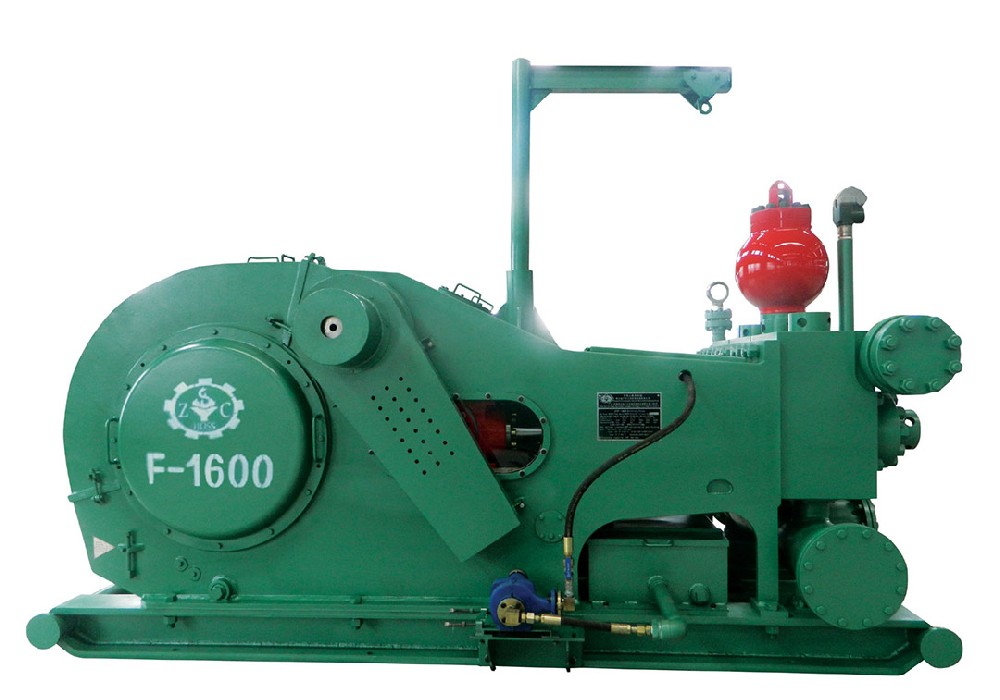Directional drilling has been around for more than 100 years but has evolved over time to become a critical technology in the oil and gas sector. This technique involves drilling wells at an angle, rather than vertically, to reach the desired reservoirs. Directional drilling services have become the go-to method for reaching inaccessible reserves in offshore and onshore locations, where traditional vertical drilling wouldn't be efficient.

One of the primary benefits of directional drilling is that it allows operators to extract more hydrocarbons with fewer wells. Traditional vertical drilling methods required a well to be drilled for every reservoir, which could be costly and time-consuming. With directional drilling services, multiple wells can be drilled from one location, reducing the total number of wells needed and minimizing the environmental impact.
Directional drilling has also enabled oil and gas companies to reach reservoirs that were once thought to be inaccessible. For example, offshore drilling platforms can now reach deposits that are hundreds of kilometers away from the platform, thanks to directional drilling. Moreover, the technique allows companies to drill around obstacles, such as salt domes, and access hard-to-reach reserves.
Another significant advantage of directional drilling is that it helps reduce drilling costs. With directional drilling, companies can use smaller drilling rigs and equipment, which can significantly decrease operational expenses. Additionally, directional drilling services can speed up drilling times, reducing total time and labor costs.
In recent years, directional drilling technology has continued to advance, with new techniques and equipment being developed to enhance the accuracy and efficiency of drilling operations. For example, rotary steerable drills can now be used to change the direction of the well in real-time, allowing operators to adjust drilling paths on the fly.
The future of the oil and gas industry will continue to rely on directional drilling services to increase production rates, reduce costs, and minimize the environmental footprint. As oil and gas reserves become increasingly difficult to reach, directional drilling will provide a viable solution for accessing these reserves and extracting hydrocarbons efficiently and sustainably.
In conclusion, directional drilling services have become an essential technology in the oil and gas industry. This technique has revolutionized the way wells are drilled, enabling operators to reach once-inaccessible reserves and extract hydrocarbons efficiently. Companies that invest in directional drilling services will undoubtedly reap the rewards of increased production rates, reduced costs, and a smaller environmental footprint.